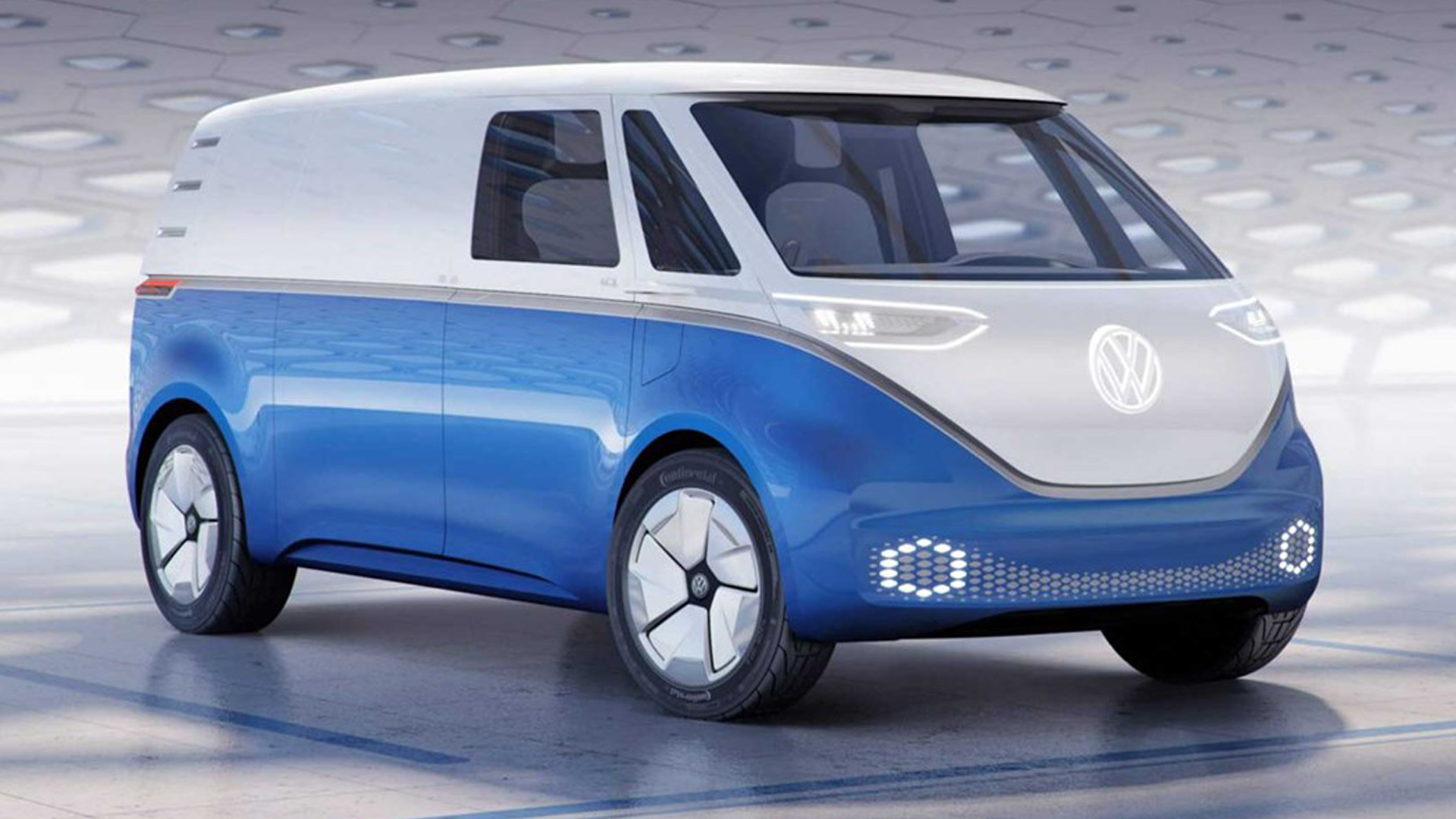#VW Starts Testing Self-Driving Transit Vans – Review Geek

“#VW Starts Testing Self-Driving Transit Vans – Review Geek”

This summer, Volkswagen will begin testing its autonomous AI-powered vans in Germany. Volkswagen’s electric ID. Buzz vehicles will use components from Argo AI and will be used by 2025 in a commercial delivery and micro-transit service in Germany.
Although Argo AI has been testing its vehicles, in collaboration with Ford, for years across six U.S. cities, it will be launching the fifth generation of its AI driving technology with the ID. Buzz, Volkswagen’s tribute to its iconic retro microbus, but this time in all-electric form.
“We’re building our technology and partnering with Volkswagen in a way that really sets us apart from what others are doing,” stated Bryan Salesky, Argo’s founder and CEO. “And we think it really puts us in a position to deliver a safe, smart, and scalable product to deliver on the promise of autonomous driving.”
The end goal with Volkswagen’s testing is to create a fleet of vans that will be used for ride-sharing under its subsidiary, MOIA, which has already been running a ride-share service in Germany using electric vehicles since 2017. MOIA plans to use the data it has collected thus far to help it fully transition to a self-driving fleet by 2025.

“We have learned in recent years that both customers and cities have really high and very specific expectations towards future autonomous ride-pooling systems,” said MOIA CEO Richard Henrich. “Customers, on the one hand side, expect ride-pooling to be as easy, convenient, and reliable as riding their own car … But cities, on the other hand, expect ride pooling to help alleviate traffic congestion.”
The vans are also likely to be used to transport goods in addition to people. They will also be expected to feature Level 4 autonomy, which means drivers won’t be required to step in but they are also limited to only operate under certain conditions. For comparison, similar driver-assist technologies, like Tesla’s Autopilot, that require non-stop supervision are considered Level 2. These vans, then, will use a combination of multiple onboard cameras, sensors, and radar to drive, in addition to high-definition mapping.
Lidar—or light detection and ranging systems—will also be used to help gauge surroundings and nearby obstacles. Lidar uses light to create high-definition images that give the AI a more accurate view of the vehicle’s nearby environment than cameras or radar alone do.
Currently, testing is occurring in crowded urban environments as they are the toughest and most complex to navigate. If the AI can figure out how to safely and efficiently drive in those areas, it will be able to handle less-dense areas more easily. But also, these are the areas these vehicles will drive in after testing, so testing should happen there. And if everything goes to plan, we can expect to see the ID. Buzz starting to operate in Europe in 2025.
via The Verge
If you liked the article, do not forget to share it with your friends. Follow us on Google News too, click on the star and choose us from your favorites.
For forums sites go to Forum.BuradaBiliyorum.Com
If you want to read more like this article, you can visit our Technology category.



